(June 22, 2023) How many times, while watching a Hollywood movie or American TV show, have you come across a submissive, docile South Asian woman who exists solely to serve and support others? Often depicted as quiet, timid, and lacking individuality, these characters have over the year reinforced traditional gender roles and perpetuated the notion of South Asian women as passive and submissive. While the last few years have seen the rise of several actors, who are challenging these stereotypes and changing the common perception, Indian American actress, Poorna Jagannathan, has always worn her ethnic identity with pride in all the characters she played.

The Never Have I Ever actress has been in the business for over two decades now, always portraying strong and fierce female characters. “When I saw the portrayals of South Asian women on film and television, they were really disappointing. They didn’t even come remotely close to the experience of who I was or who the women in my family or the women I’ve been surrounded by my entire life are,” the Global Indian actress said in an interview, adding, “Acting is a game of snakes and ladders and if you’re a woman of colour, let’s just say there are a whole lot more snakes in the game. There’s a lot of stereotyping, there’s such a limited number of roles available to ethnic actors.”
Having worked alongside stars including Meryl Streep and Nicole Kidman, Poorna’s achievements have garnered recognition on multiple fronts. Goldhouse honoured her as one of the top 100 Most Impactful Asians in America for both 2021 and 2022. The actress has previously been recognised in Femina magazine’s esteemed list of “India’s 50 most beautiful women”, ranking among the top 10, as well as Verve magazine’s top 50 most powerful women in India.
The globetrotter
To call Poorna’s childhood adventurous, would be an understatement. Born to Vasantha Jagannathan and G. Jagannathan, an Indian diplomat in Tunis, Tunisia, the actress grew up in various countries, including Pakistan, Ireland, India, Brazil, and Argentina. Sharing about how her travels have shaped how she views the world today, the actress said, “During my father’s posting in Pakistan we were being followed around by the spies for the first year. One day my dad’s car broke down and he asked them to come and change his tire because he had no idea how to change a tire. They helped us and we became friends. I saw a lot of boundaries collapse early on and a lot of myths dissolve. I have an absurdist worldview when it comes to politics and it comes from my time there.”
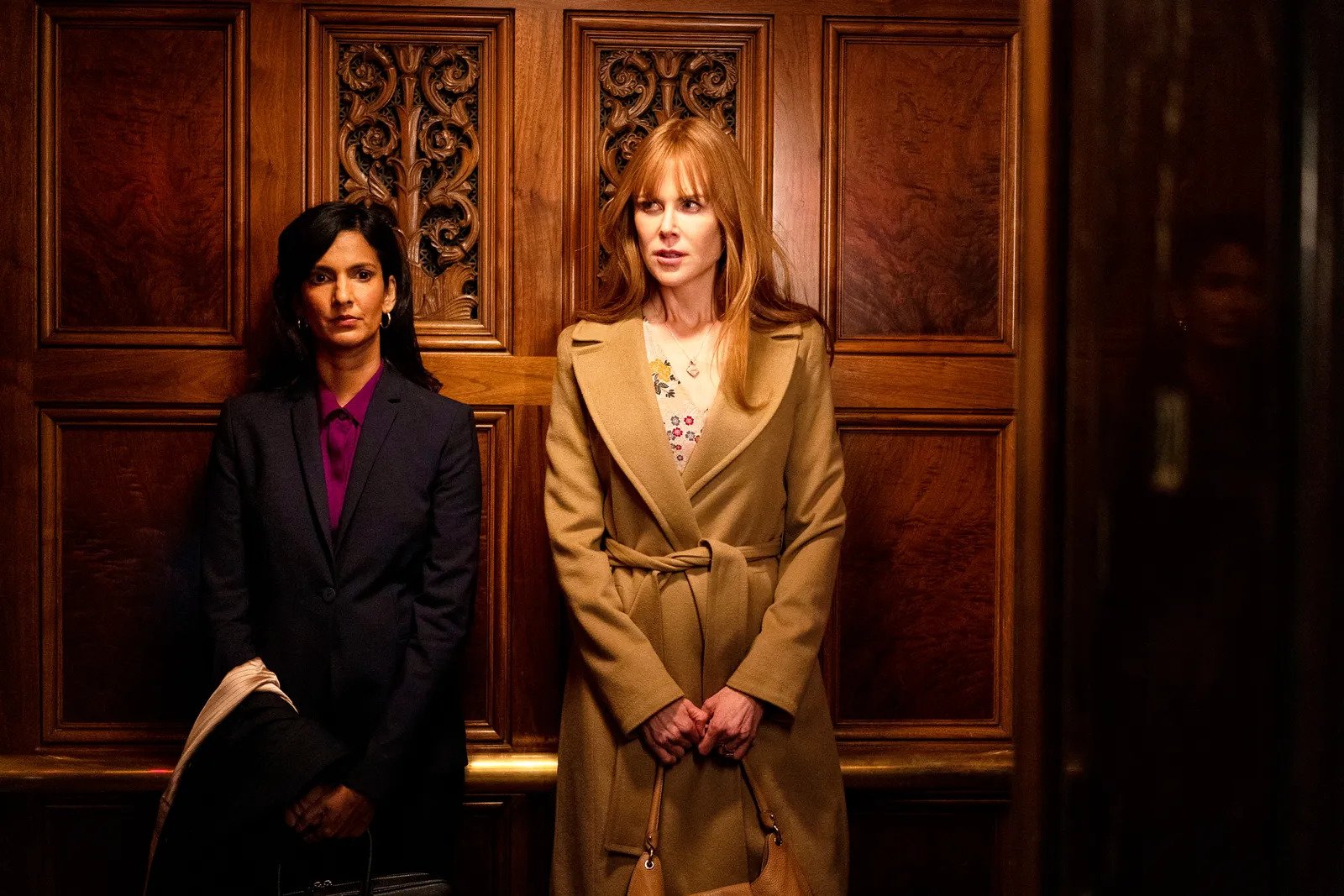
Poorna and Nicole Kidman in Big Little Lies
And it was during these travels that the actress first fell in love with the art of performing on stage – something she didn’t get a chance to do until later in life. “I was very young when I realised what joy it would be to be on the stage. I was always drawn to the idea of performing and what that could look like. However, I don’t think I got onto a stage until college. I was traveling all of the time and I didn’t meet any actors or performers. I never understood what that life could be like but I had a deep desire to tell stories,” the actress shared.
Wrestling with dilemma
After completing her studies at the University of Brasília in Brazil, the actress went on to earn her journalism degree from the University of Maryland, College Park. Although she started began a Master of Fine Arts in acting at the Actors Studio Drama School at Pace University, the actress’ first job was in an advertising agency – an industry she continued to work in for 15 years.
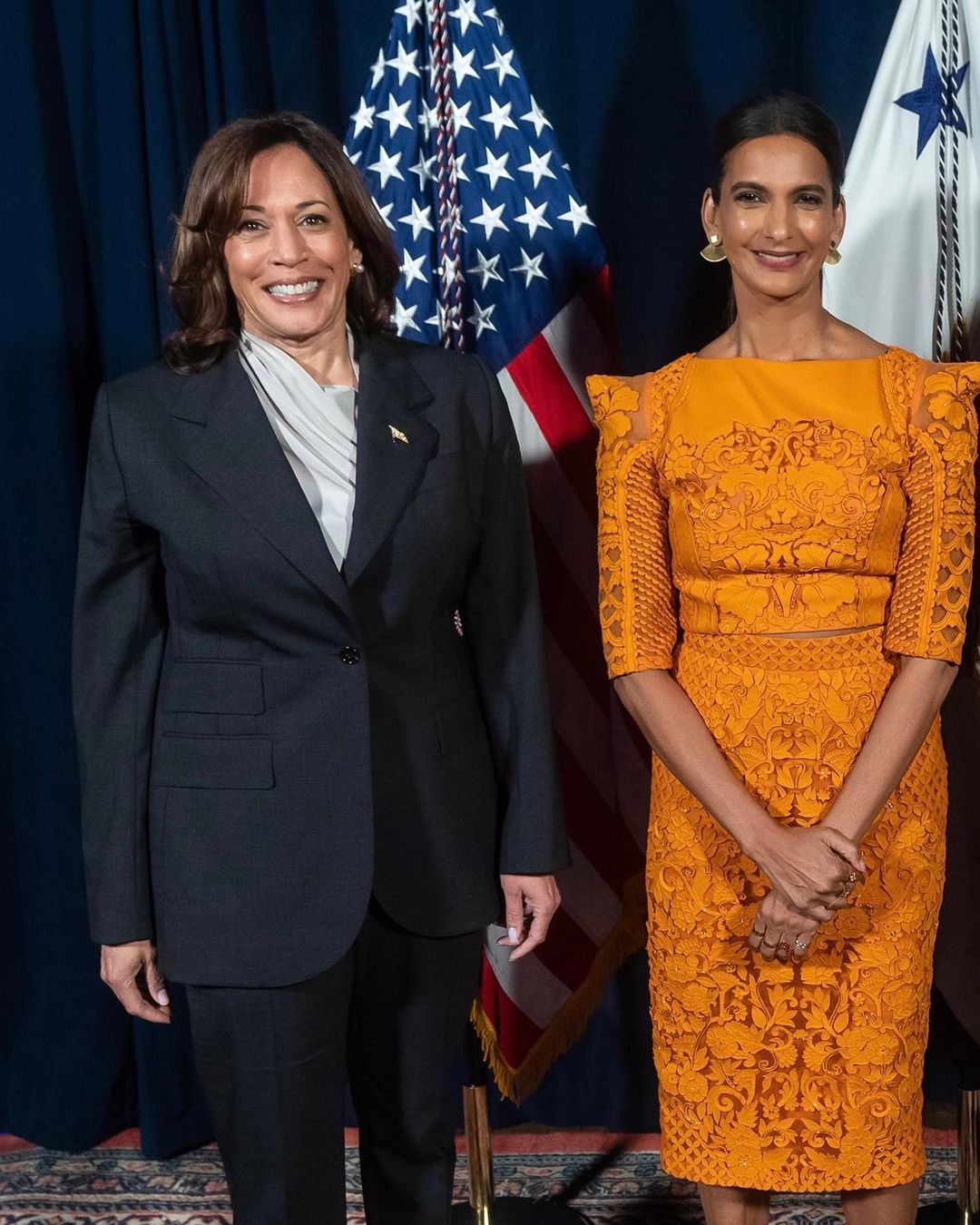
Poorna with USA Vice President, Kamala Harris
“My journey through corporate America was fantastic – I always had the best accounts, the best bosses, and the best experiences. On the weekends, I would take acting classes and I noticed how I felt so different from my ‘perfect’ job. I was so different in acting class or when I was picking up a script, I felt so full of life force and I felt so depleted of it in advertising. I was good at advertising but I never wanted to get promoted,” the actress expressed, “I didn’t want to excel, I couldn’t keep my mind off the scene I was doing on the weekend in my adult acting class. I felt, energetically, I was a different person. I couldn’t deny myself the life force and the joy while acting.”
Living the dream
So, she decided to pick up smaller acting roles in various TV shows and movies to satisfy her hunger for performing in front of the camera. But, her big break came with her role as Dr. Maureen Bruckner, in Better Call Saul. “Of all the projects in my career, Better Call Saul was the most unexpected. The production crew was really going for a blonde California-type woman. But my agent remembered that I mentioned being able to speak Spanish and so that’s the part I auditioned for. I said something about the diagnosis in English and then started speaking in Spanish. The part was unexpected but fantastic,” she shared.
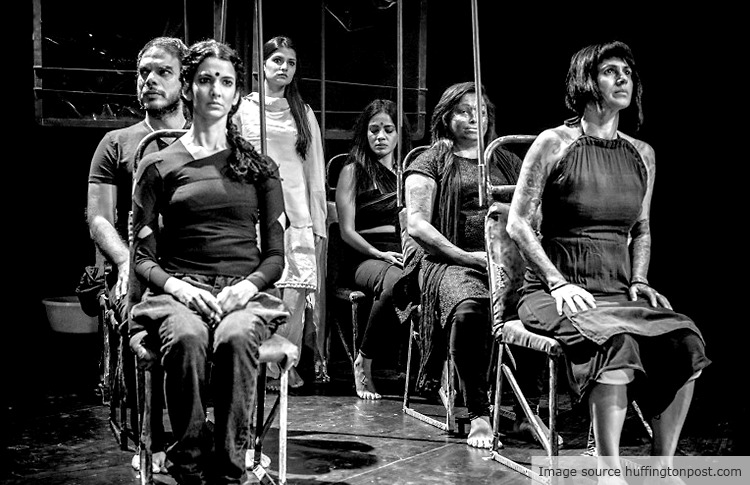
A still from Poorna’s play, Nirbhaya
While the actress was enjoying working as an actress, an unfortunate incident in India pushed her to conceive, produce and act in the play Nirbhaya – based on the 2012 horrific Delhi gang rape and murder case. The play delved into not only the victim’s story but also the real-life rape and sexual violence stories of the women in the show. “Her death was — for me and so many others — a point of no return. I realised that our silences make us complicit,” the actress said during a press interaction, adding, “So I sought to create a piece of theatre to address an issue that has been silenced for too long.” Nirbhaya went on to win the prestigious 2013 Amnesty International Award and was cited as “one of the most powerful and urgent pieces of human rights theatre ever made”, by the Sunday Herald.
However, the actress’ ‘dream-come-true’ moment came on the sets of Big Little Lies, as she came face-to-face with Meryl Streep. Speaking about her experience of sharing screen space with Streep, the actress said, “I haven’t quite processed it yet. The ladies were so, so profoundly grateful she had joined the show; she validated the existence of season two. I loved watching her fiercely protect her character and fight off any insinuation that she was the bad guy. I also loved watching her play with her dentures, and seeing how kind she was to everybody. Most of all, I was transformed by what you will see her do in episode seven. We spent a fair amount of time together, and I found out that she has a wicked sense of humour. Working with Nicole, Meryl and all the ladies of this show will remain one of the highlights of my career.”
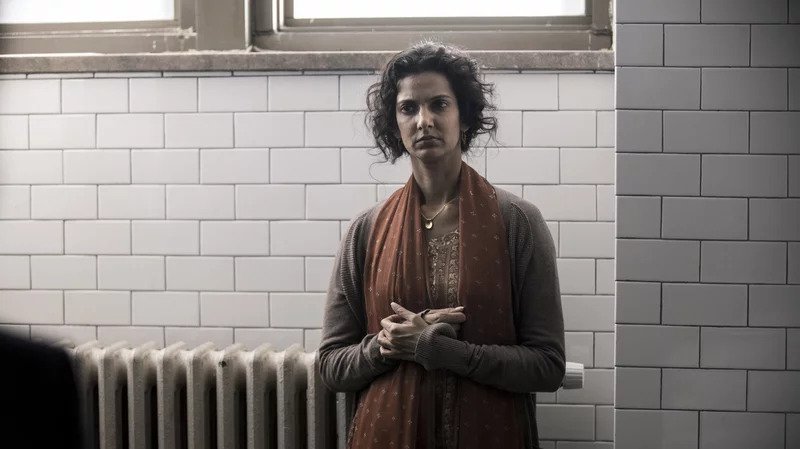
A still from TV show The Night Of
Having just finished playing the part of Dr. Nalini Vishwakumar in the critically-acclaimed show Never Have I Ever, the actress plans on pursuing her dreams of narrating unusual and unheard stories. “I think I finally have the guts to tell my specific stories. I come from a family of many, many dysfunctions and I rarely see that on TV. Also, since I am myself an immigrant and to see even more nuanced portrayals of immigrants. We are always on the margins; we are always invisible so trying to center those stories more. I am on the path to bring these stories to life through producing,” the actress shared.


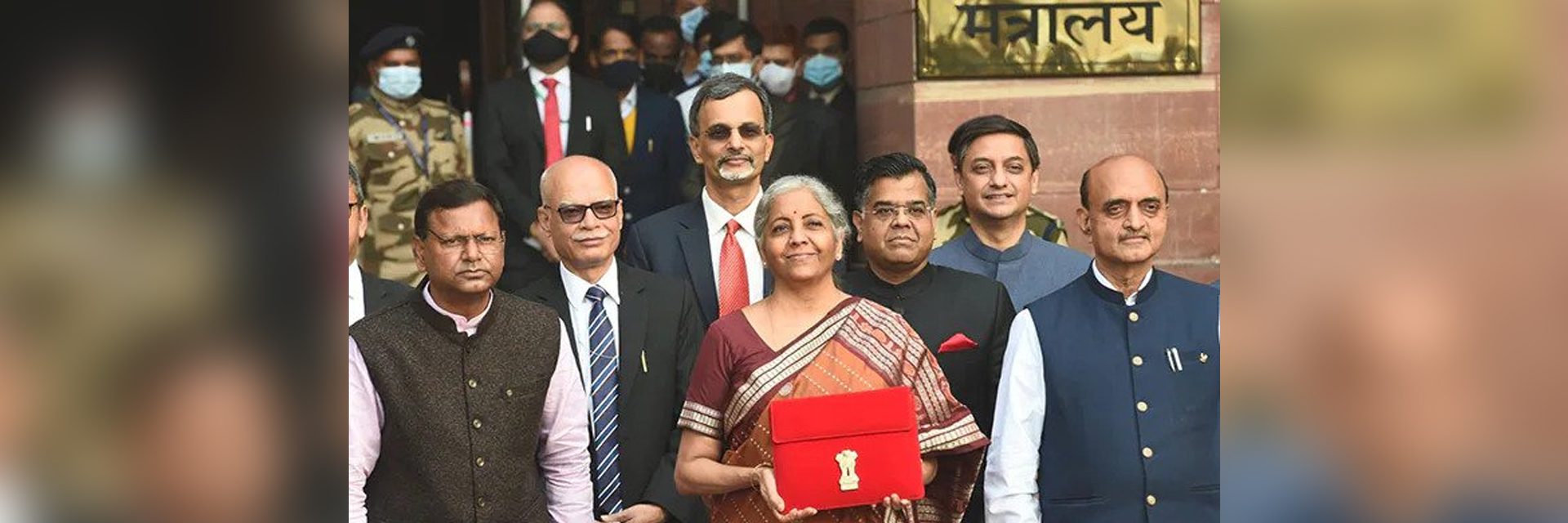
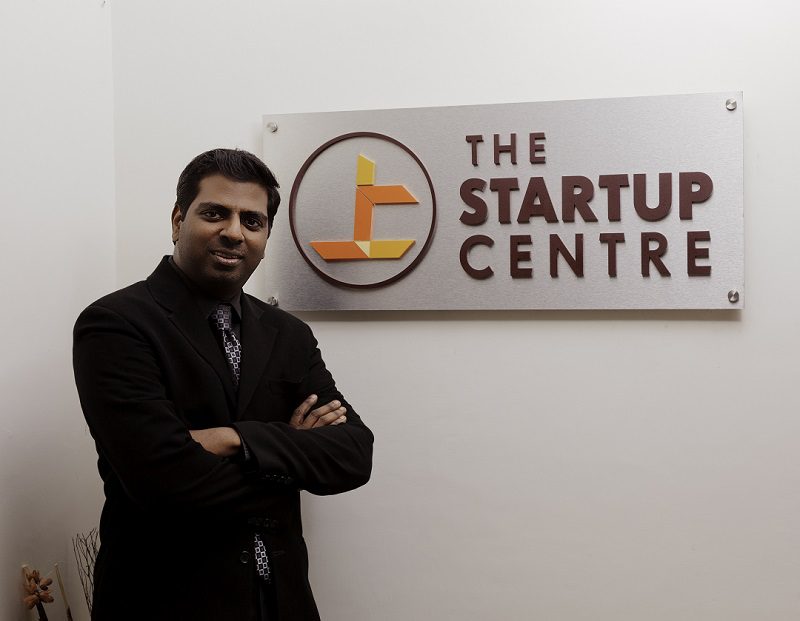 Vijay Anand, founder, The Startup Centre[/caption]
Vijay Anand, founder, The Startup Centre[/caption]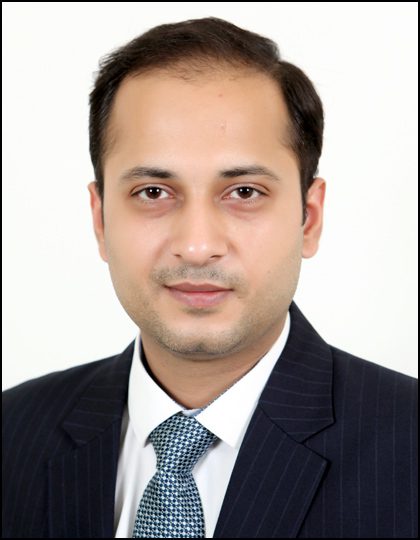 Mayank Midha, CEO of GARV Toilets[/caption]However, the allocation of ₹60,000 crore to provide tap water to 3.8 crore households under Har Ghar, Nal Se Jal Scheme, has been welcomed by the social sector. Mayank Midha, CEO, GARV Toilets, is glad to see the government’s commitment to delivering basic necessities. “There has already been significant progress in this project since its launch in 2019 and the target to reach 16 crore households by 2024 seems practical with fresh commitment of funds. Providing access to tap water for every household will positively impact community health, women empowerment and socio-economic parameters,” says Mayank Midha.
Mayank Midha, CEO of GARV Toilets[/caption]However, the allocation of ₹60,000 crore to provide tap water to 3.8 crore households under Har Ghar, Nal Se Jal Scheme, has been welcomed by the social sector. Mayank Midha, CEO, GARV Toilets, is glad to see the government’s commitment to delivering basic necessities. “There has already been significant progress in this project since its launch in 2019 and the target to reach 16 crore households by 2024 seems practical with fresh commitment of funds. Providing access to tap water for every household will positively impact community health, women empowerment and socio-economic parameters,” says Mayank Midha.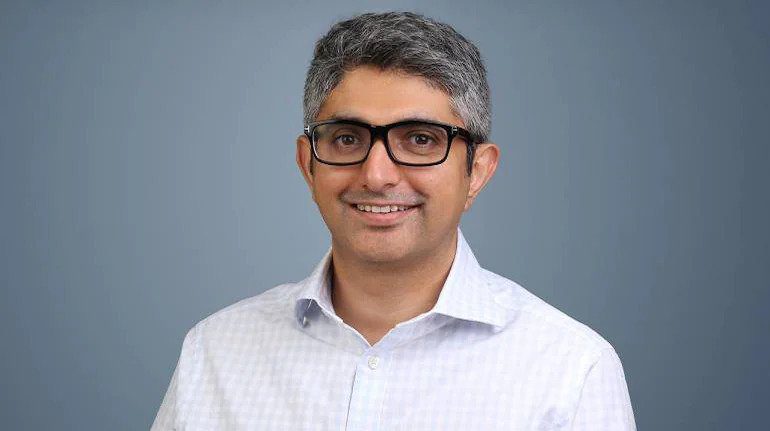 Dr Amit Malik, founder, InnerHour[/caption] Dr Amit Malik, founder and CEO, InnerHour, a healthcare technology company looking to disrupt the psychological wellness and mental health, says, “India has nearly 200 million people with a mental health need and lots of barriers to access of high-quality professional support. The treatment gap for mental health in India is nearly 95 percent, and all partners, government bodies like NIMHANs, private partners like InnerHour, and NGOs need to work towards bridging this huge need gap.”
Dr Amit Malik, founder, InnerHour[/caption] Dr Amit Malik, founder and CEO, InnerHour, a healthcare technology company looking to disrupt the psychological wellness and mental health, says, “India has nearly 200 million people with a mental health need and lots of barriers to access of high-quality professional support. The treatment gap for mental health in India is nearly 95 percent, and all partners, government bodies like NIMHANs, private partners like InnerHour, and NGOs need to work towards bridging this huge need gap.”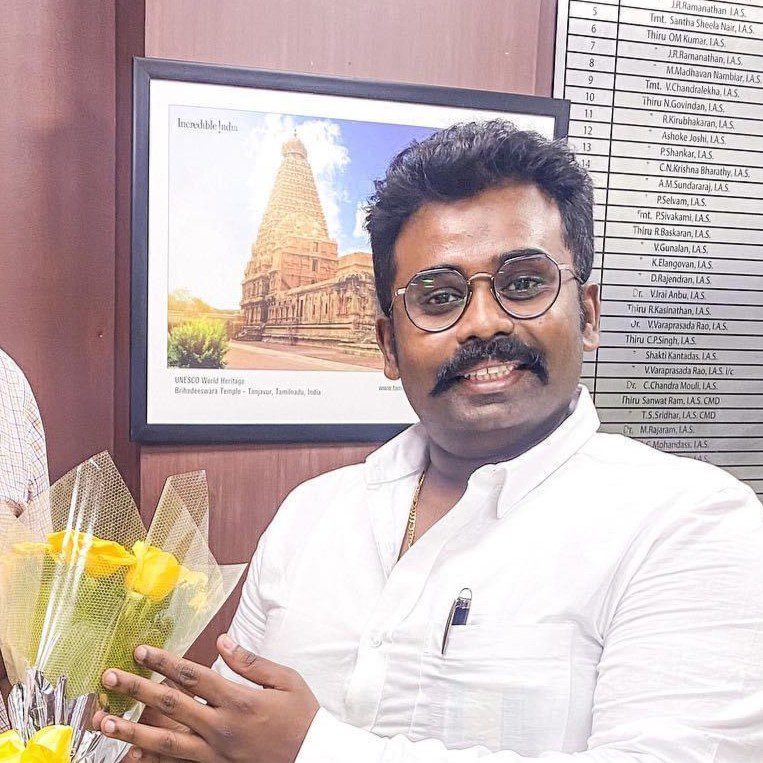 Sriharan Balan, chairman, Adventure Tour Operators Association of India[/caption] However, Sriharan Balan, chairman Adventure Tour Operators Association of India - Tamil Nādu chapter and managing director, Madura Travel Service (P) Ltd says, “Budget 2022 is yet a big disappointment, and it’s very unfortunate that suggestions given by FAITH, TAAI, IATO, and other travel associations were neglected. An industry that contributes to 7 percent of GDP and 10 percent of direct and indirect employment has been left unheard.”
Sriharan Balan, chairman, Adventure Tour Operators Association of India[/caption] However, Sriharan Balan, chairman Adventure Tour Operators Association of India - Tamil Nādu chapter and managing director, Madura Travel Service (P) Ltd says, “Budget 2022 is yet a big disappointment, and it’s very unfortunate that suggestions given by FAITH, TAAI, IATO, and other travel associations were neglected. An industry that contributes to 7 percent of GDP and 10 percent of direct and indirect employment has been left unheard.”
 Sunil Chhetri after the award ceremony, as India beat Kuwait, winning SAFF Championship Final in Bengaluru.[/caption]
Sunil Chhetri after the award ceremony, as India beat Kuwait, winning SAFF Championship Final in Bengaluru.[/caption]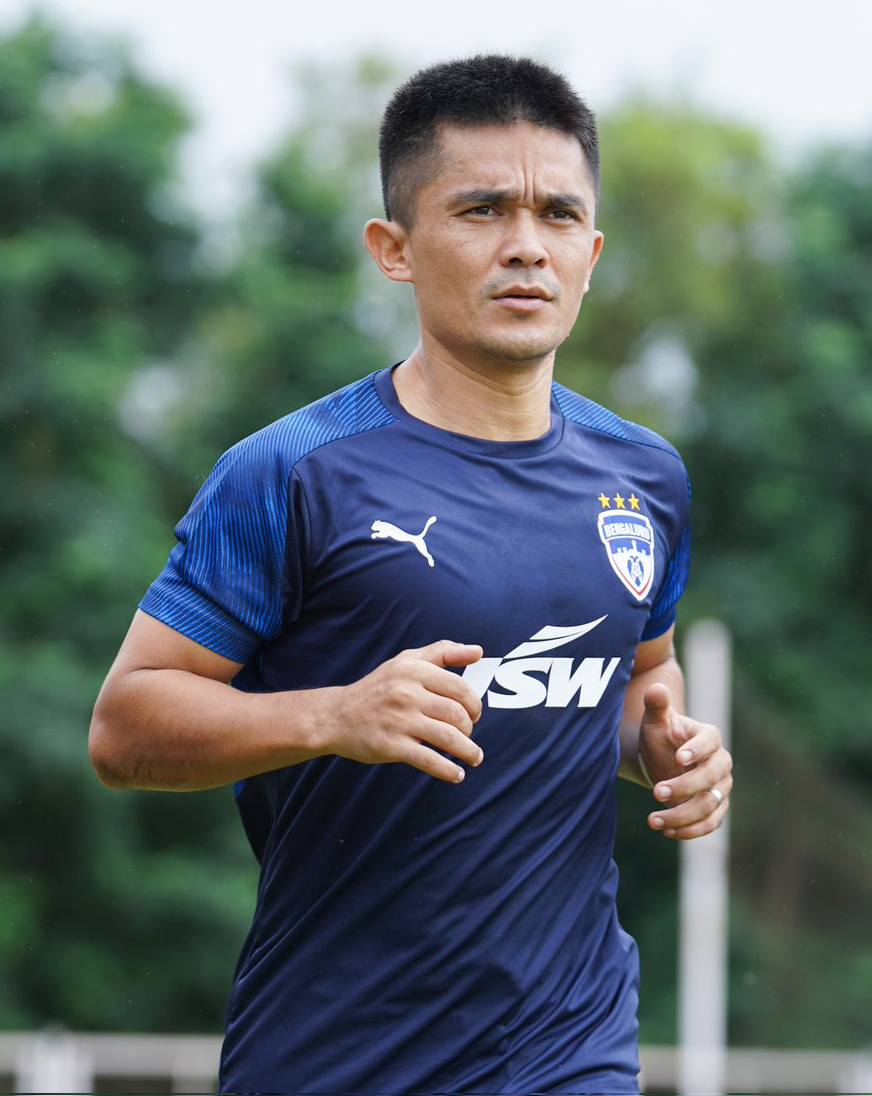
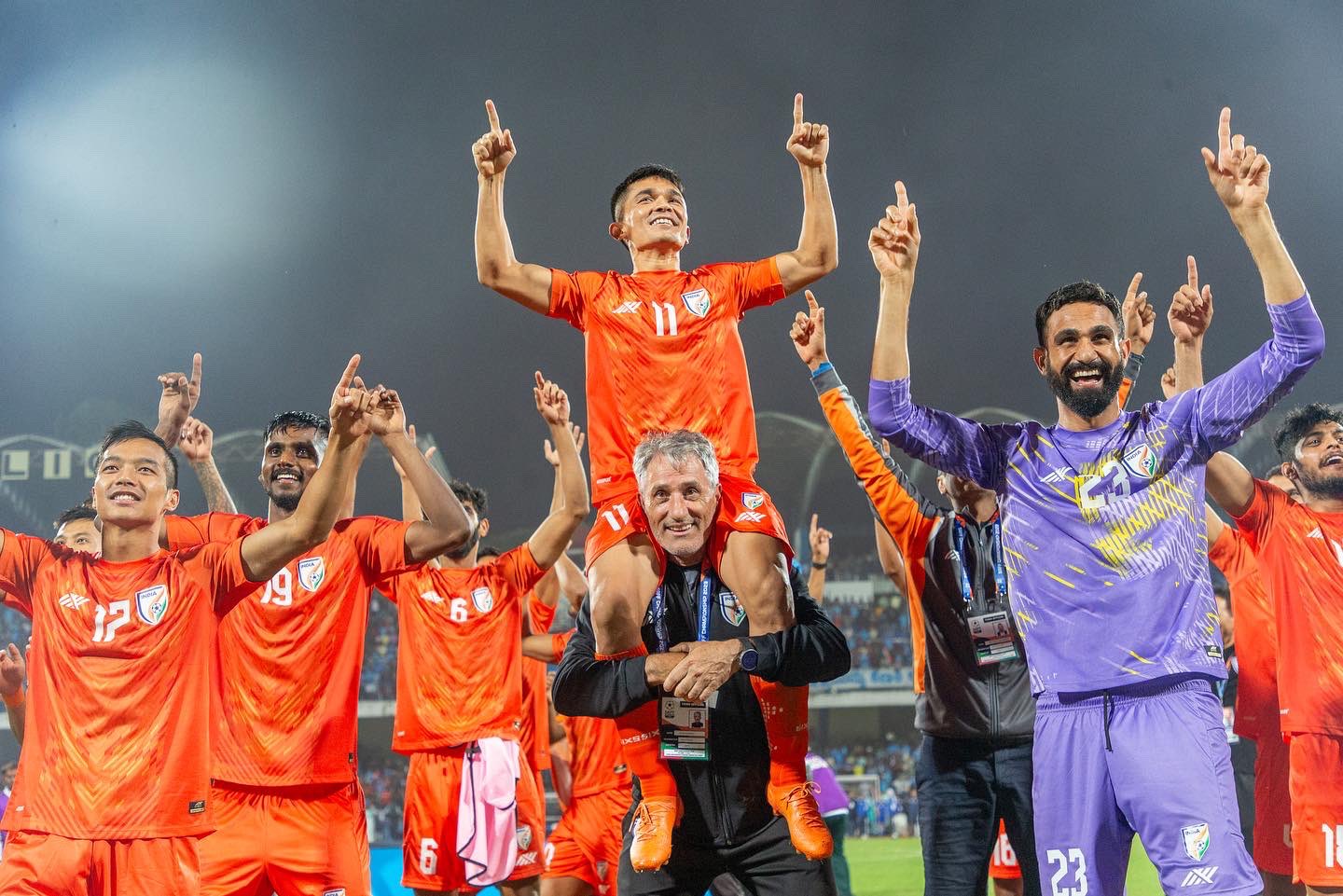 Sunil Chhetri along with his teammates celebrate as India beat Kuwait 5-4 on penalties to win SAFF Championship Final in Bengaluru.[/caption]
Sunil Chhetri along with his teammates celebrate as India beat Kuwait 5-4 on penalties to win SAFF Championship Final in Bengaluru.[/caption]
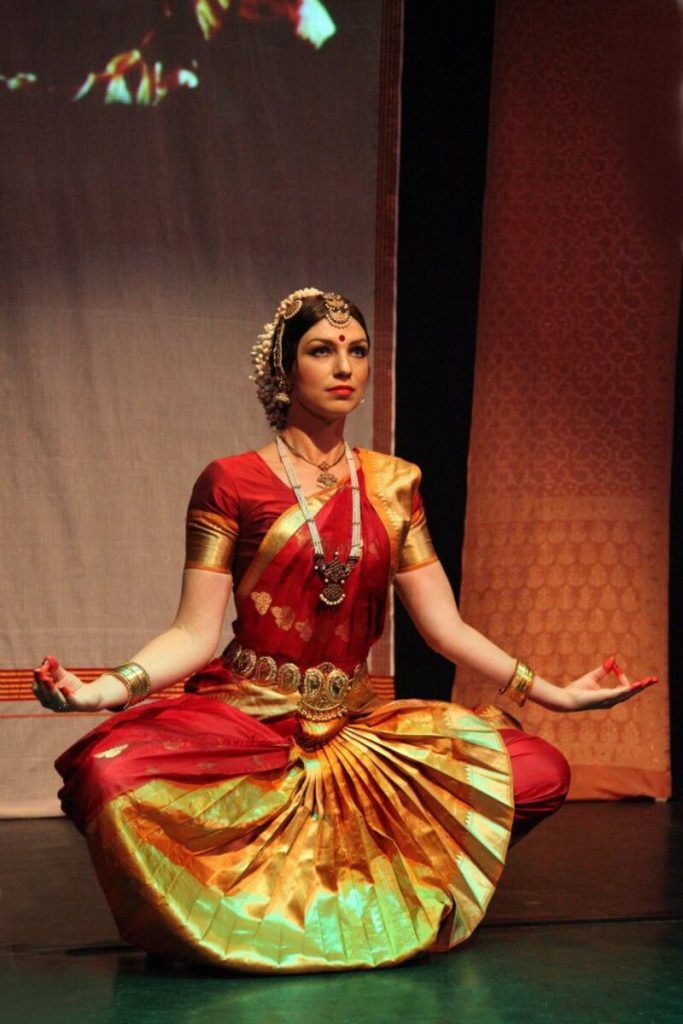

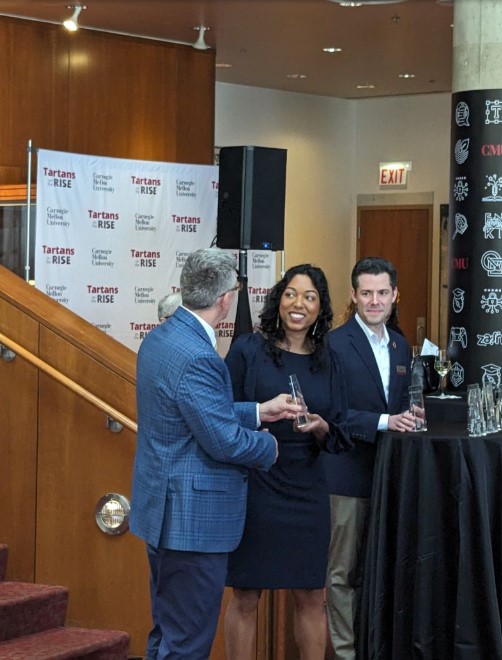 Shinjini Kundu received Carnegie Mellon University 2024 Tartans on the Rise Award[/caption]
Shinjini Kundu received Carnegie Mellon University 2024 Tartans on the Rise Award[/caption]
 Shinjini Kundu at launch party for Bosch Center for AI at her alma mater CMU in 2018[/caption]
Shinjini Kundu at launch party for Bosch Center for AI at her alma mater CMU in 2018[/caption]
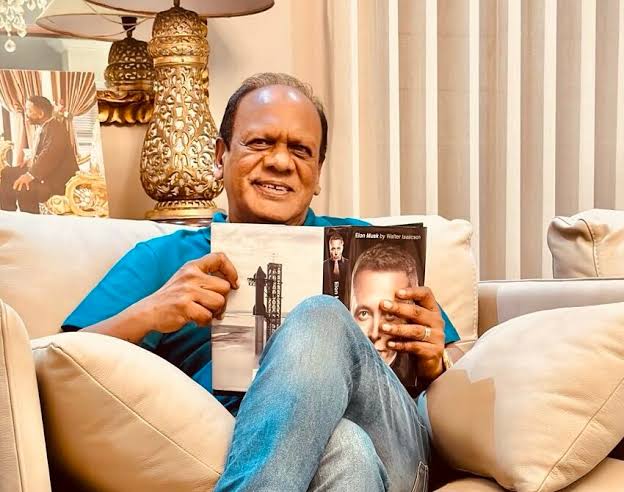 Vivian Reddy[/caption]
Vivian Reddy[/caption]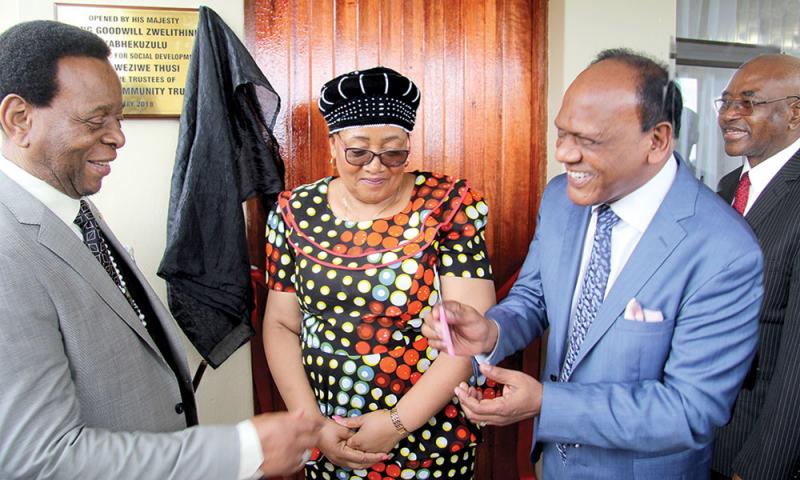 Cutting the ribbon, Vivian Reddy with His Majesty, King Goodwill Zwetithini kaBhekuzulu, Premier of KZN, at the re-opening of the Lakehaven Child and Youth Centre in Durban. Photo:
Cutting the ribbon, Vivian Reddy with His Majesty, King Goodwill Zwetithini kaBhekuzulu, Premier of KZN, at the re-opening of the Lakehaven Child and Youth Centre in Durban. Photo:  Oceans Umhlanga in Durban, owned by Vivian Reddy, known as 'Dubai in Durban', created over 1000 local jobs.[/caption]
Oceans Umhlanga in Durban, owned by Vivian Reddy, known as 'Dubai in Durban', created over 1000 local jobs.[/caption] Vivian Reddy with his wife[/caption]
Vivian Reddy with his wife[/caption]